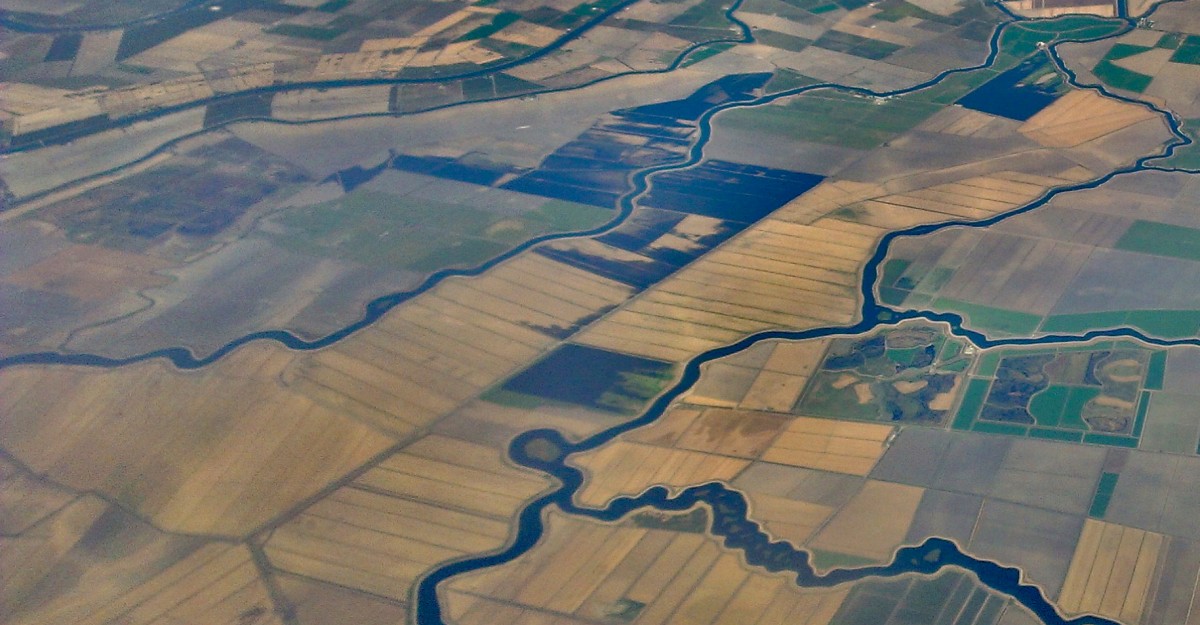By Sierra Garcia, Estuary News
On the San Joaquin Delta’s Staten Island, where the Mokelumne River snugly encircles miles of cornfields, The Nature Conservancy is trying to prove that farmers can have it all: financial security, good habitat for wildlife, and even a role in fighting wicked environmental problems like climate change and land subsidence. At this spring’s Bay-Delta Science conference, they reported on progress in making this vision a reality.

Some of the changes they’ve made to the land on the “living laboratory” might puzzle onlookers who assume a conservation nonprofit would focus wholly on restoring habitat. While many acres are being returned to wetlands, thousands more will be transformed into rice fields. Smaller patches are to continue producing alfalfa, potatoes, corn, and a wheat-rye hybrid.
“Our goal at Staten Island is to demonstrate wildlife-friendly farming in a profitable context,” explains Rodd Kelsey, the Nature Conservancy’s associate director of water programs in California.
The key to that profitability lies in fighting climate change. Prior to shifting towards the new mosaic of land uses, each acre on average emitted the equivalent of 10 tons of carbon dioxide per year. Analysts considered the best combinations of various crops and wetlands for a range of carbon offset prices, including both voluntary carbon markets and a far more lucrative scenario in which the land conversions can be sold on California’s cap and trade market, which requires companies to curb their greenhouse gas emissions.

Thanks to the project’s certification last year by the American Carbon Registry, the island’s net profits once the conversion is complete may be comparable to what farmers earned when cornfields covered Staten Island—but with 60% fewer net greenhouse gas emissions. At the same time, diversifying the island from cornfields to a wetland-cropland patchwork will better support populations of migratory birds, like sandhill cranes. The wetlands will even ease the ongoing strain on overworked Delta levees, which are battling gravity to hold back water while the cornfields around them sink.
Campbell Ingram, the executive director of the Delta Conservancy, hopes that more Delta croplands will follow suit, but identified both financing and timescale as major challenges for expanding the mosaic model of land use. Banks can be reluctant to fund the initial land conversions, which can be quite costly upfront. And carbon capture is a commitment for 40 years at the minimum, as funders want a guarantee that the land they’re investing in to lower carbon emissions won’t be sold off for another use if the market fluctuates.
“It’s challenging for farmers to consider anything on that time horizon,” Ingram acknowledges.
The Staten Island Mosaic promises to be “an important learning laboratory for the rest of the Delta,” says Kelsey. “The central challenge is how do we incentivize this on a landscape scale?”
***
Produced by Estuary News Team, June 2021
FEATURED IMAGE: Staten Island Farms image, Photo by Alfred Twu (CC0 via Wikimedia Commons)
Fighting sandhill cranes image, Photo by Eric Afyouni (CC BY 3.0 via Wikimedia Commons)



